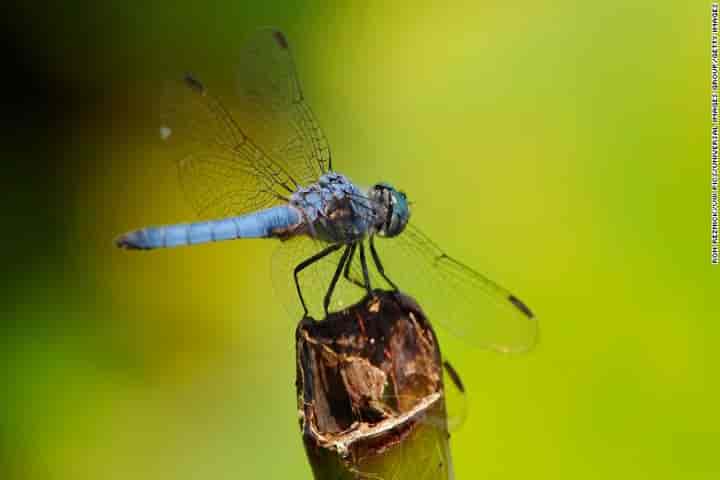There are varied ways in which climate change is impacting everyone. Besides rising temperature and melting of glaciers, it is affecting plants and human beings and other creatures of the planet. Take for instance the case of male dragonflies.
According to a report in yahoo.com, , in a study published in Proceedings of the National Academy of Sciences, a team of scientists made an amazing discovery. They found changes in the pigmentation in the wings of male dragonflies. Interestingly, this change is part of the coping mechanism of the dragonfly to face the rise in temperature.
The team of researchers was led by Michael Moore who is a post-doctoral fellow with the St. Louis based Living Earth Collaborative, Washington University.
For this particular study, the researchers created a database consisting of 319 species of dragonfly using observations provided by field guides and citizen-scientists.
While the dragonflies’ wing composition as displayed in the photographs handed over to iNaturalist was being examined, a group of scientists collected vital information about the climate variables in the locations.
It was through almost 3,000 iNaturalist observations in a focused group of 10 selected species that the scientists looked and measured the amount of wing pigmentation on a single dragonfly. The focus of the study was on how these flies – in each of the 10 species – were different in the warm and cool parts of their geographic ranges.
According to a statement issued to the media, Moore said that several dragonflies had dark black colour patches on their wings which they use to attract potential mates and intimidate rivals. He added that significantly, however, having dark pigmentation on their wings can increase the body temperature of dragonflies. This increase can be to a tune of 2 degrees Celsius, Moore said.
While originally the role the pigmentation served was for the purpose of helping dragonflies find mates, the increase in global temperatures could also cause them to overheat in regions that are already hot.
During their study, the researchers found that male dragonflies almost always responded to warmer temperatures by evolving less wing pigmentation. This was true for both hotter and cooler geographic ranges and also for those populations of the same species that live in both warmer and cooler areas
Based on this study, Moore observed that with the planet expected to get warmer due to increase in temperature, the male dragonfly may eventually need to adapt to global climate change by evolving less colour on their wings.
Apart from Moore, the others who were part of this team of researchers included Kim Medley, Director of Washington University’s Environmental Field Station, Tyson Research Center, and Kasey Fowler-Finn, Associate Professor, biology at Saint Louis University, as well as undergraduates of the Washington University.




















